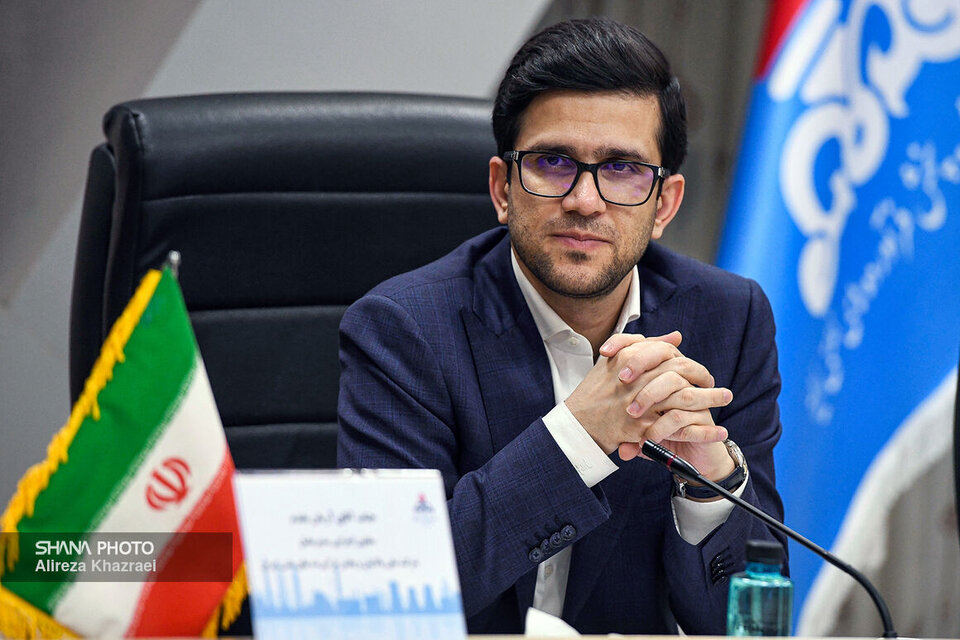Managing Director Mohammad-Sadeq Azimifar announced that three key quality upgrade projects — diesel desulfurization at Shiraz Refinery, kerosene desulfurization at Isfahan Refinery, and a catalytic reforming unit at Tehran Refinery — will be operational by the end of the year. He said the projects are designed to bring fuel production up to Euro-5 standards and boost gasoline output.
Azimifar added that Iran’s refining network, consisting of 10 refineries, processes about 2.4 million barrels of crude oil and condensate daily. The products are distributed through 15,000 kilometers of pipelines, 16,000 road tankers, 3,000 road storage units, and 87 depots, before reaching 7,000 fuel stations, airports, and major consumers nationwide.
He noted that energy supply stability has improved under the current administration, pointing to a 1.5-billion-liter increase in diesel reserves this year compared with shortages that caused blackouts last winter. He said despite rising demand, gasoline reserves also remained stable during peak consumption periods.
The official warned, however, that low energy efficiency in consumption remains the main cause of imbalance between production and demand. He cited the aging transportation fleet — more than half of which is obsolete — low power plant efficiency compared with global averages, and widespread fuel smuggling due to price differences with neighboring countries as key challenges.
To address these issues, Azimifar said the government is pursuing measures such as introducing energy-saving certificates, electrifying 20,000 old motorcycles, and modernizing fleets in cooperation with the Ministry of Roads. He also pointed to data-driven monitoring, including artificial intelligence tools, that helped cut industrial diesel consumption by 5% in the first five months of this year.
Looking ahead, Iran plans to bring two new refineries — Adish South with 60,000 barrels per day capacity and Mehr Persian Gulf with 120,000 barrels — online by the end of the year. Together they will add 180,000 barrels per day to the country’s refining capacity.
Azimifar also highlighted two newly inaugurated oil and product pipelines totaling 800 kilometers, built with an investment of 730 million euros. The projects, launched during Government Week with President Masoud Pezeshkian in attendance, are expected to reduce reliance on 1,600 road tankers, cut transportation costs by 6 trillion tomans, and boost feedstock supply to northern refineries by 100,000 barrels per day.
He emphasized that more than 95% of the work on these projects was carried out by Iranian engineers using domestically manufactured equipment. Other projects launched in the past year include the Goreh–Jask pipeline connection and linking six power plants to the national fuel pipeline network.


Your Comment